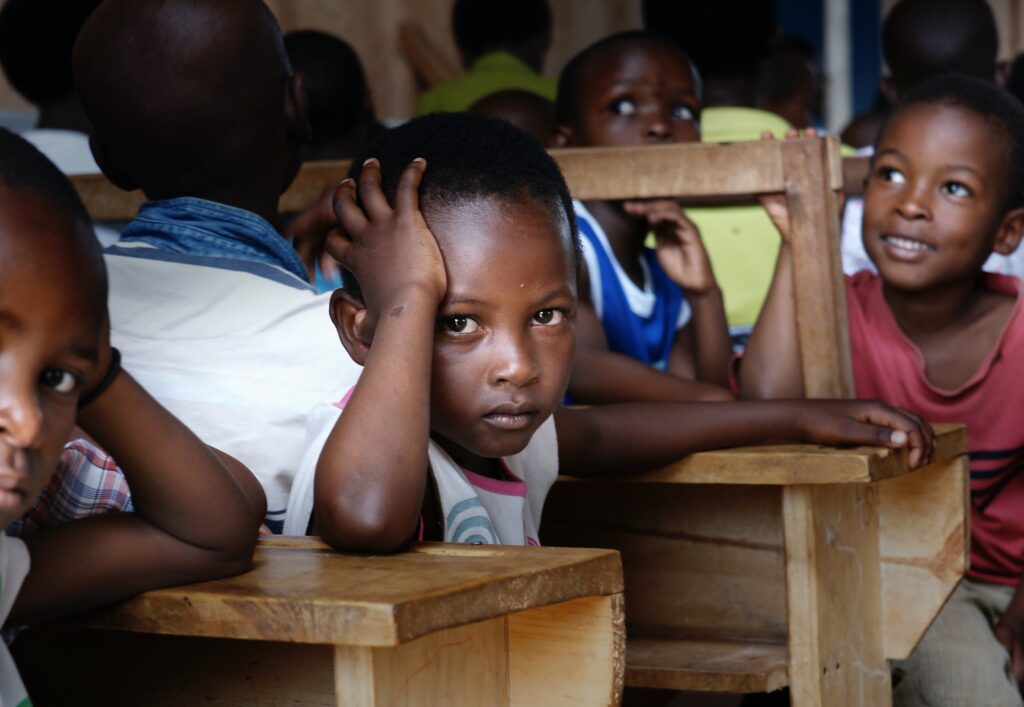Introduction:
In a world where food is plentiful for some, it is heart-wrenching to acknowledge the existence of malnutrition. One of its most devastating manifestations is marasmus. It a severe form of protein-energy malnutrition that primarily affects infants and young children. Marasmus not only stunts physical growth but also hampers cognitive development, leading to a lifelong burden of impaired health and diminished potential. This article delves into the intricate web of marasmus, exploring its causes, consequences, and potential solutions.

Understanding Marasmus:
Marasmus is derived from the Greek word “marasmos” meaning “withering.” It is a chronic condition resulting from an insufficient intake of calories, proteins, and other essential nutrients. It typically occurs in children under the age of five, often exacerbated by poverty, inadequate healthcare, and unsanitary living conditions. Marasmus is prevalent in resource-limited regions of the world, where food scarcity and lack of access to healthcare perpetuate a vicious cycle of malnutrition.
Causes and Contributing Factors:
Multiple factors contribute to the development of marasmus, all of which are deeply intertwined. Insufficient dietary intake lies at the core of the problem, as impoverished families struggle to provide nutritious meals for their children. Inadequate breastfeeding practices, early introduction of inappropriate complementary foods, and a lack of knowledge regarding optimal nutrition exacerbate the issue.
Furthermore, environmental factors play a significant role. Poor sanitation, limited access to clean water, and the prevalence of infectious diseases create a hostile environment for a child’s growth and development. Chronic infections such as diarrhea, pneumonia, and measles further compromise the nutritional status of vulnerable children, perpetuating the cycle of malnutrition.
Consequences of Marasmus:
The impact of marasmus extends far beyond physical appearance. The most visible consequence is severe wasting, where children appear emaciated, with protruding bones and sagging skin. However, the damage inflicted by marasmus is not limited to the exterior. The lack of essential nutrients crucial for brain development leads to cognitive impairments and permanent learning disabilities.
Moreover, marasmus weakens the immune system, making children highly susceptible to infections. Combined with limited access to healthcare, this results in a high mortality rate among affected children. Even those who survive may face long-term health complications, such as stunted growth, organ dysfunction, and reduced productivity in adulthood.

Addressing Marasmus:
To combat marasmus effectively, a multi-faceted approach is required, addressing both immediate and underlying causes. Here are some key strategies that can contribute to the prevention and management of marasmus:
- Enhancing Nutritional Interventions: Implementing nutrition-specific interventions such as promoting exclusive breastfeeding, educating caregivers about appropriate complementary feeding practices, and fortifying food with essential micronutrients can significantly improve the nutritional status of children at risk.
- Improving Access to Clean Water and Sanitation: Ensuring access to safe drinking water, sanitation facilities, and hygiene education is vital in reducing the burden of infectious diseases and preventing malnutrition.
- Strengthening Healthcare Systems: Investing in healthcare infrastructure, training healthcare workers, and expanding healthcare services in resource-limited areas can increase early detection and management of malnutrition, reducing morbidity and mortality rates.
- Empowering Communities: Engaging communities in awareness campaigns, providing education on nutrition, and empowering women can promote positive behavioral changes and contribute to sustainable improvements in nutrition and healthcare practices.
- Addressing Poverty and Inequality: Eradicating poverty and reducing social inequalities are crucial in combating malnutrition. Implementing social safety nets, improving access to education, and promoting equitable distribution of resources can create an environment that fosters healthy growth and development.
Conclusion:
Marasmus serves as a stark reminder of the profound consequences of malnutrition on human lives, especially among vulnerable populations. It not only compromises physical health but also impedes cognitive development, perpetuating a cycle of poverty and inequality. Addressing marasmus requires a comprehensive approach that encompasses nutrition-specific interventions, improved healthcare access, better sanitation facilities, and poverty reduction measures.
Only by joining forces and implementing evidence-based strategies can we eradicate this silent tragedy. Investing in the well-being of our children is a moral imperative. It is also a prerequisite for building a prosperous, equitable, and healthier future for all. Let us unite in our efforts to tackle marasmus and ensure that no child is denied their fundamental right to thrive and reach their full potential.

